Mario & Luigi Brothership on Nintendo Switch
Mario & Luigi finally set sail on a home console for the first time ever, and my word is it a resounding success. The typical reaction-based combat of the series is back and more refined than ever, with the addition of unpredictable elements like Luigi Logic and some cool super moves with the new Bros. Attacks.
As the title suggests, the duo’s adventure takes them to the high seas using their hub-based ship. Wind Waker fans rejoice, as progression through the game consists of visiting islands and overcoming their unique obstacles. As with previous games in the series, the adventure doesn’t take place within the Mushroom Kingdom but rather in a disconnected land called Concordia. The islands of Concordia have been broken apart, and it’s up to the brothers and their newfound allies Connie and Snoutlet to connect them back together using their ship, ‘Shipshape’. The story behind the shadowy organization behind the island fracture surprised me, but the gameplay elements used to connect the islands back together impressed me just as much.
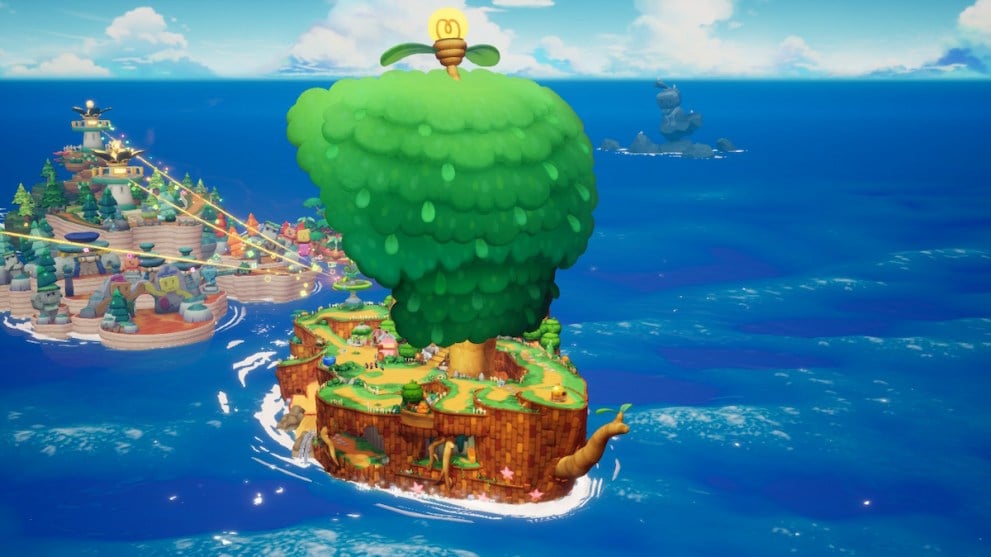 Image Source: Nintendo via Twinfinite
Image Source: Nintendo via TwinfiniteShipshape functions as Mario and Luigi’s base of operations and mode of traversal across the disparate islands of Concordia. The sailing is rather straightforward and automated, requiring little more than clicking on the current you wish to travel to on the sea chart. You can even see distant islands and landmarks off the side of the ship as you run around talking to NPCs, which is a nice level of detail that tells you you’re playing a premium Nintendo game. I do wish the sea chart map in the upper left corner of the screen could be toggled off when wandering around the ship or exploring connected islands just to enhance the immersion, but it’s not a huge dealbreaker.
As a hub area, the ship gets passing marks; featuring layers of explorability as you acquire new abilities, as well as a rotating crew of interesting NPCs that give side quests. All of your sea-based exploration bears tangible results, with reef statues populating your ship as you discover the corresponding reefs on the open currents. It’s a testament to the ship hub that I never once felt bored basking in the ambience, chatting to NPCs, and buying upgraded equipment at the toad shops. The hub, like the rest of the game, consistently feels fresh and lively thanks to the rotating NPCs from recently attached islands and the number of activities on board.
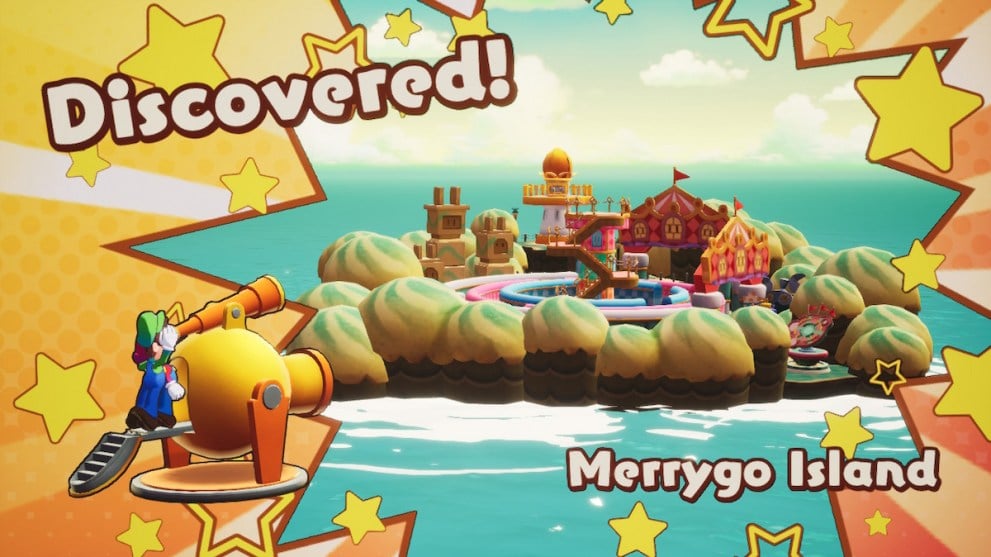 Image Source: Nintendo via Twinfinite
Image Source: Nintendo via TwinfiniteThere’s more to Brothership than the ship aspect though, and that’s where the islands come in. The main objective throughout the game is a rather appealing and simple one: sail to each island and ‘connect’ it to the ship. It may be an odd premise, but the story and worldbuilding make sense of it brilliantly, as we’ll go over later in the review. Connecting the islands tasks the player with a mini-dungeon of sorts. The local islanders typically need help with some local menace or environmental disaster, and once the brothers help out, they’re led to the lighthouse which connects to the ship. I adore the puzzles and gimmicks that each of the islands throws at Mario and Luigi. You have everything from platforming challenges to memory puzzles and even a rhythm-based mini-game, and they’re all fun and breezy to chew through.
Navigating these islands requires the use of the brothers’ signature hammers and jump ability, which can be used simultaneously as in past entries. Bros. Moves are a new wrinkle to the tag-team gameplay, turning Mario and Luigi into UFOs, a pinball, and more to navigate around obstacles and access new areas. I really laud the game for adding this Metroidvania element to level design, since you’ll often encounter large gaps or ball-shaped openings on earlier islands just begging to be revisited. Not that you’ll be doing a lot of backtracking, but visiting previously linked islands with your newfound abilities will grant you new Sprite Bulbs and access to new quests. Thankfully, once you link an island to Shipshape, you can visit it with the convenient fast-travel pipe (after all, the islands are literally attached to the ship!).
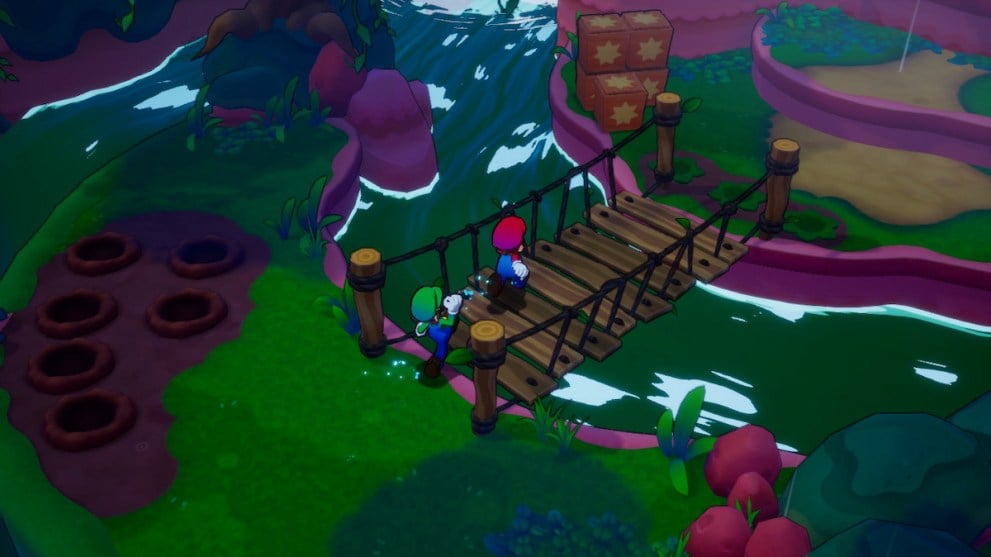 Image Source: Nintendo via Twinfinite
Image Source: Nintendo via TwinfiniteAs with the ship hub, each island feels unique and fresh thanks to the diverse biomes and cultures permeating each of them. It’s almost as if the development team took Super Mario Wonder’s gameplay variation to heart and sprinkled some of that magic into a Mario & Luigi game. One of my favorite examples of the game’s variety is Merrygo Island, an island that exists solely as a funhouse maze for the fun of its inhabitants. Merely getting to the end of the maze granted access to the lighthouse, which just goes to show how varied the challenges and obstacles can be across Concordia.
I spoke of islands as mini-dungeons before and, well, the Great Lighthouses would easily qualify as the proper dungeons of the game. Each quadrant of the sea chart has a Great Lighthouse, which opens up a path to a new quadrant of the map. These Lighthouses feel like the meat and potatoes of the game to me, fulfilling that puzzle-laden dungeon crawling I so crave in RPGs like this. Unlike some other modern RPGs, Mario & Luigi Brothership’s puzzles got me to think outside the box and use my brain a bit. I even got stuck on a couple of puzzles, and best of all, they’re all fun and engaging, utilizing the teamwork of Mario and Luigi and their special Bros. Moves to good effect.
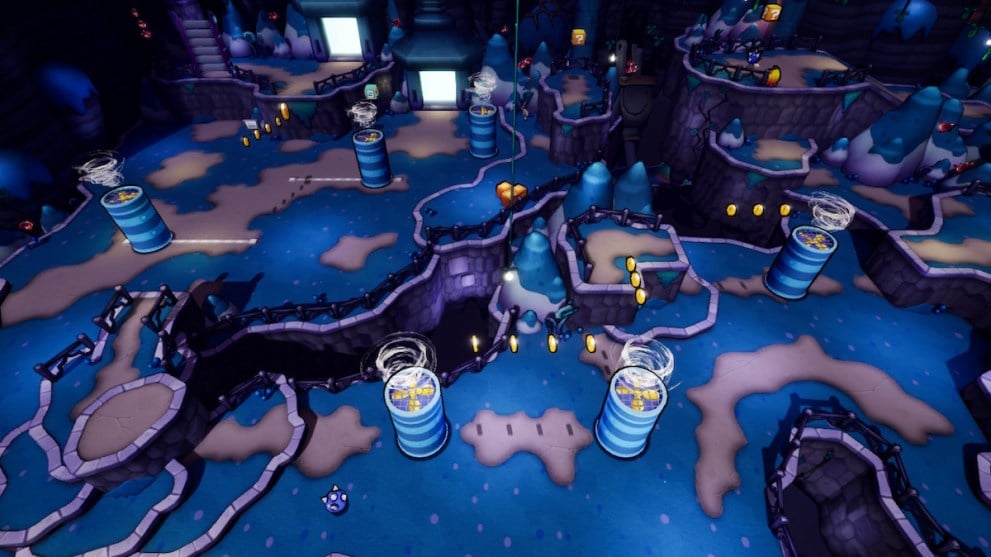 Image Source: Nintendo via Twinfinite
Image Source: Nintendo via TwinfiniteBut I must admit, as a dyed-in-the-wool RPG fan, I couldn’t in good conscience praise a Mario & Luigi game if its RPG systems weren’t up to snuff. Fortunately, Mario & Luigi Brothership excels brilliantly on the RPG axis, delivering a dynamic and exciting battle system with almost perfect balance. This game is old-school turn-based fun, featuring the series staple timed button presses for combo attacks and counters. I’ve played nearly every Paper Mario and Mario & Luigi game and I was still impressed with the variety of unique enemy attack patterns. Some of the bosses near the end-game string up some insane combos, requiring a lot of skill with button timings; so if you’re aching for a skill-based challenge and not just RNG, you’re in luck. If I had one complaint with combat, it’s the very meager moveset you have access to for the first five or so hours of the game. Combat feels kinda slow and repetitive until you start unlocking Bros. Moves and Battle Plugs, and then it gets the wind in its sails with plenty of variety.
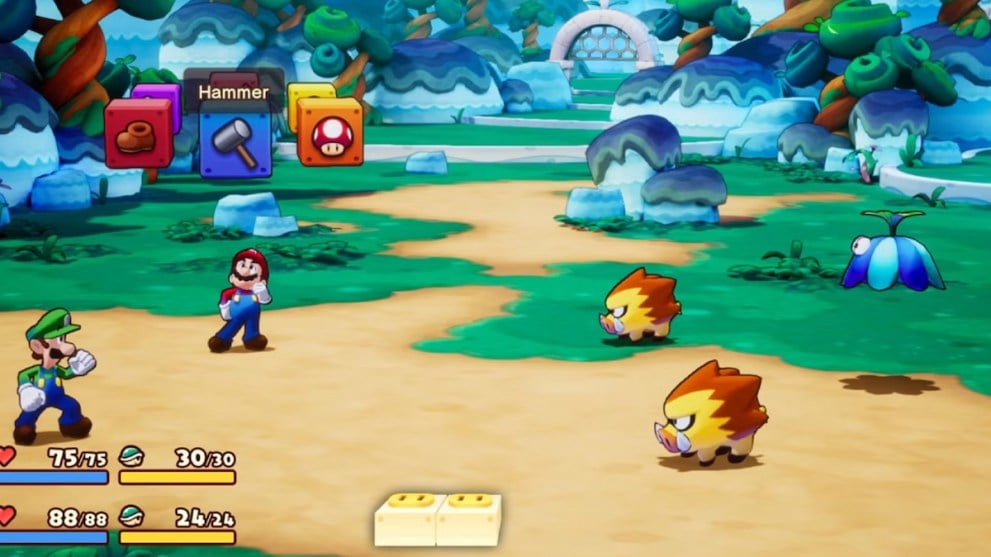 Image Source: Nintendo via Twinfinite
Image Source: Nintendo via TwinfiniteI thought the combined force of Mario and Luigi with the powerful Bros. Attacks would be the ‘easy’ button throughout the game for a while, but oof was I mistaken. The game’s difficulty progression quickly adjusts to your newfound abilities, necessitating the use of Bros. Attacks to come out on top. And with how of a cinematic treat each Bros. Attack is, how can I not use them every chance I get? Oh, and like with enemy attack patterns, pulling off Bros. Attacks requires precise button presses between both Mario and Luigi. I sometimes felt like I was playing one of the better Mario Party minigames with some of these Bros. Attacks and counters; there’s even a Hot Rope Jump sequence in here.
Of course, like any great RPG, I found that skill wasn’t all it took to win a battle, I needed proper equipment and gear. There’s not a ton of gear in the game, but enough to keep you saving up coins to buy the new hammer or glove accessory. I like how you can tailor equipment to any circumstance, with gear that gives you additional experience or coins, and others that enhance certain stats at the behest of others. Battle Plugs are a new addition to the series that further elevates build specialization, minimal though it may be, adding even more fun and variety to combat encounters. Battle Plugs do anything from making counters easier to do, to dropping an iron ball on targets when getting an excellent rating with attacks. Like Bros. Attacks, I thought these Battle Plug enhancements would cheese fights, but the game balances everything accordingly, making you rely on their use. The catch with these plugs is you only have a finite amount of sockets, and each plug needs to be charged after a number of uses.
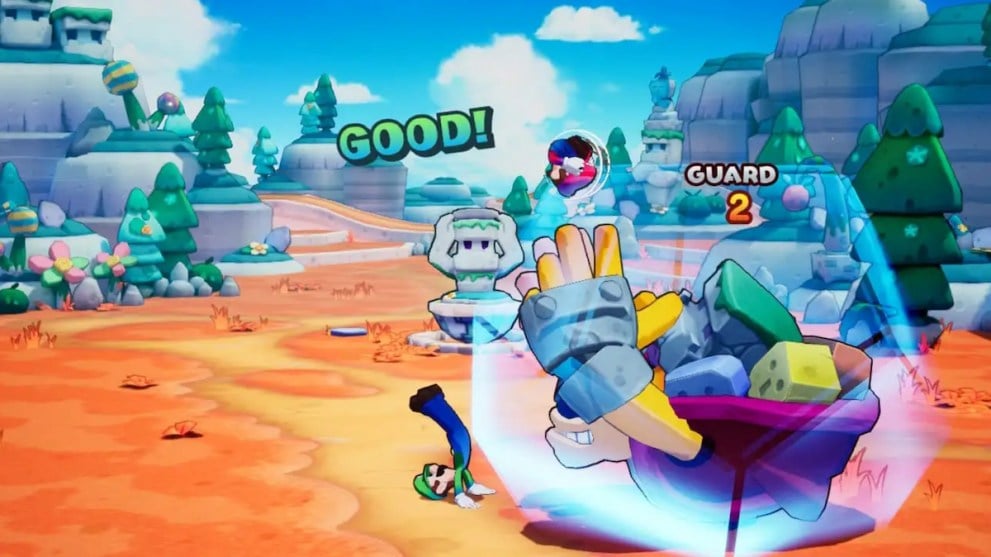 Image Source: Nintendo via Twinfinite
Image Source: Nintendo via TwinfiniteThe true test of all these systems is the large boss battles at the end of the Great Lighthouses. I loved every single one of this game’s bosses, thanks in no small part to the variety of attacks and Luigi Logic opportunities. Luigi Logic can happen outside battles to solve environmental puzzles, but they really fulfill a dynamic role in combat with special animations and heightened interactivity. As the name suggests, Luigi Logic occurs when Luigi thinks of a brilliant, often wacky, plan. Every instance of Luigi Logic is contextual to the situation, adding an additional pinch of that Super Mario Wonder unpredictability to the game. Each of the major bosses has a really cool Luigi Logic sequence that incurs substantial damage to the opponent, not unlike the special Morgana attacks within the Palace Ruler battles in Persona 5.
This variability in combat serves as an excellent iteration on the series’ team-based timed button battles, and I’m looking forward to a second playthrough to challenge myself with different build setups. My only hesitation for starting another playthrough is the semi-slow loading in and out of battles and the stuttery framerate within populated areas. That and animations for attacks and Bros. Attacks cannot be skipped and can take a while to sit through with particularly long battles. The framerate issues aren’t a deal-breaker by any means, and the loading times are manageable, but they do hamper the experience a bit. Better hardware and an animation skip option would alleviate these small annoyances completely.
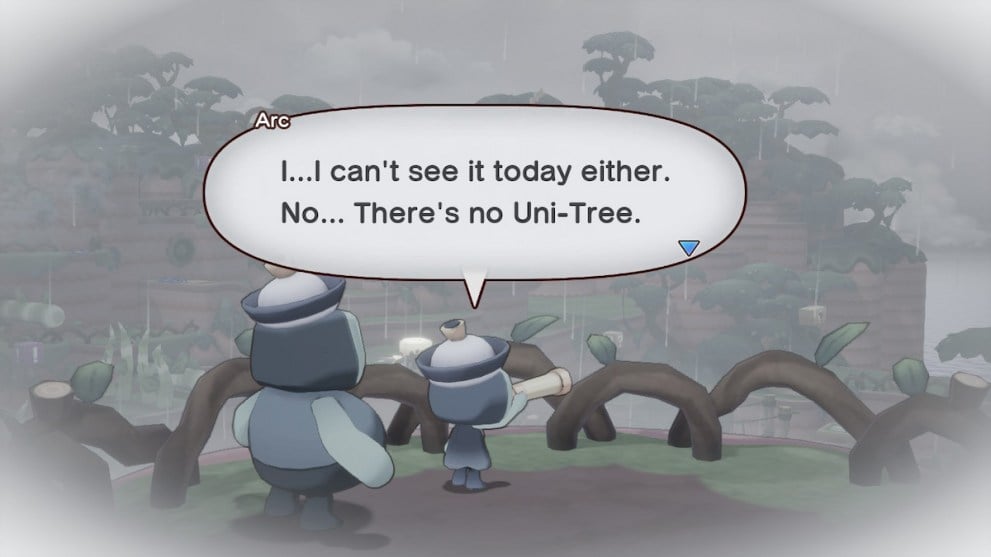 Image Source: Nintendo via Twinfinite
Image Source: Nintendo via TwinfiniteBy contrast, I struggle to come up with a single negative to the game’s story. The narrative focal point revolves around the linking of Concordia, which is brilliantly and efficiently woven through strong thematic material and a plot that integrates story and gameplay. The numerous side quests manage to tell bite-sized stories between a torn people and their reunification through the connective tissue of the ship. NPCs mingle about the ship, usually giving their thanks to the mustachioed siblings for uniting their island with the others. It’s a simple delight to find someone’s lost sibling or make the perfect wedding cake for a couple striving to set an example of unity between islands. The wider plot starts off slowly, introducing the setting and basic flow to the player in a gradual way. But as you begin linking more Great Lighthouses, the game’s story really digs its hooks into you, making you care about the characters more than you initially thought you would.
The point when Bowser’s minions show up and throw a wrench into both Mario and the villainous Extension Corps’ plans is when the story gets into faction wars and political intrigue. As a Super Mario RPG fan, I was positively delighted with how Bowser’s faction was treated in this game’s story. Finally, the game’s plot twist is well done; it’s properly foreshadowed and yet hiding in the shadows as a surprise (to me, at least). The broad themes of connection and bond-building is achieved through the plot, setting, characters, and even the punny humor in an ingenious way. And it’s the music which helps connect the tonal tissue throughout. Despite series composer Yoko Shimomura’s absence here, the game’s score manages to uplift with a positively delightful ship theme and a completely unique theme for each island. The music during flashback cutscenes are especially poignant with the rich harmony and emotional weight.
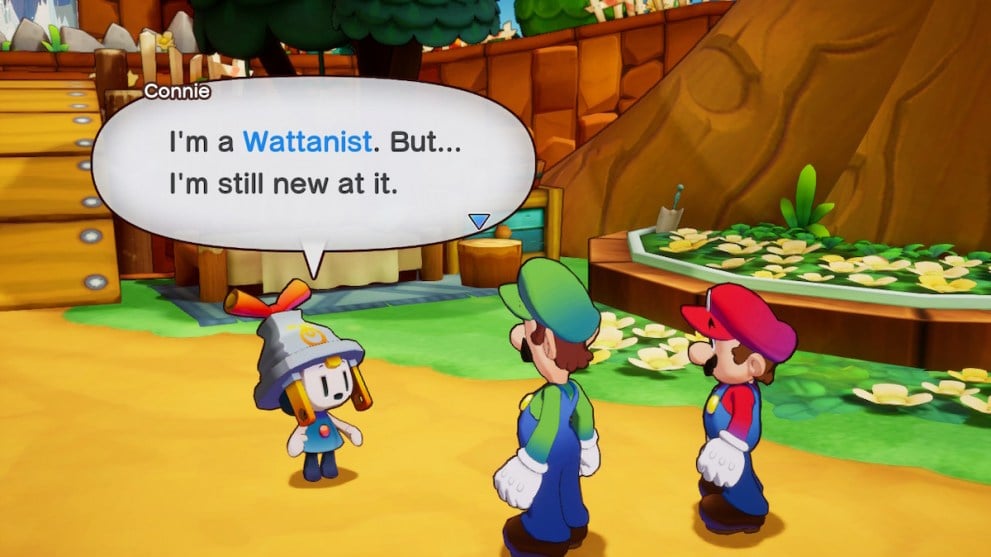 Image Source: Nintendo via Twinfinite
Image Source: Nintendo via TwinfiniteMario & Luigi Brothership managed to take the top spot as my favorite story from a thematic standpoint, in any Mario game. All those clever puns, from ‘Connectar’ to character names like ‘Connie, Snoutlet, Extension Corps’ etc., manage to play a role beyond mere humor, tying in the overarching theme brilliantly. While the writing may not win any awards on its own, it’s typical Nintendo goodness, expressing simplicity with its wording with an equal measure of lightheartedness. There are some instances of repetitive tutorialization where the game beats you over the head with obvious stuff, but this typically only occurs when you encounter a new mechanic. Still, at times it felt like I was playing a game from the Wii era, with all the “got that? Want me to repeat it again?” explaining the game does.
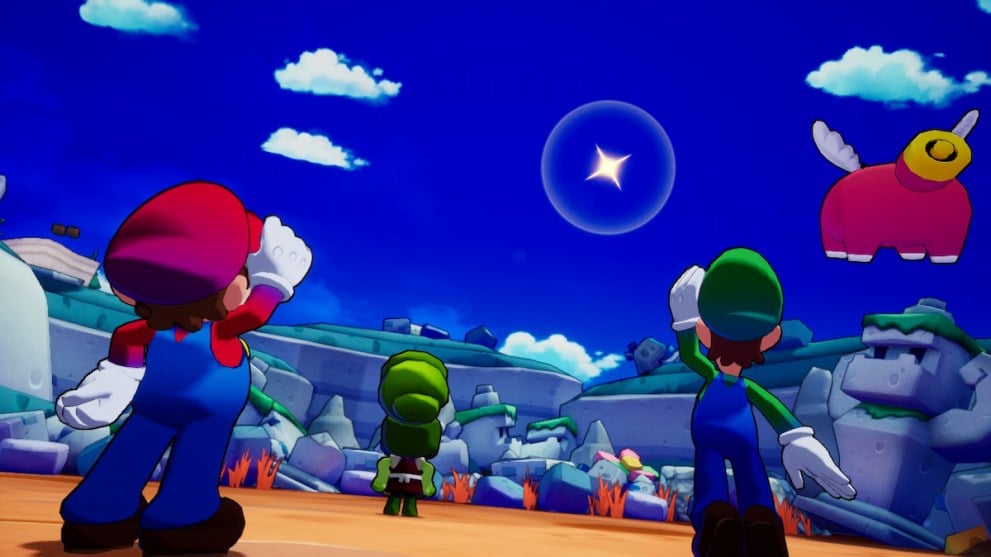 Image Source: Nintendo via Twinfinite
Image Source: Nintendo via TwinfiniteMario & Luigi Brothership has made it to the top of my favorite Mario RPGs, a feat that I never thought would be achieved. It’s one of the very best Mario & Luigi games yet and a great turn-based RPG in its own right. Everything is constantly entertaining throughout the experience, from the creative animations to the energetic sound effects and wonderful roulette of activities; the game provides a revolving door of engaging fun at every step. The story is on the lighthearted side, but the brilliant thematic weaving and clever character and plot writing elevate beyond what you’d expect out of a Mario game. The game’s narrative has some weight to it in its wholesome character moments and themes, even if it feels like a colorful explosion of fun a majority of the time. The game had me working overtime trying to find criticisms, and in the end, they amount to little more than small complaints. If Mario & Luigi Brothership isn’t a glorious return for the series, then I don’t know what is.
Mario & Luigi Brothership
Mario & Luigi Brothership has made it to the top of my favorite Mario RPGs, a feat that I never thought would be achieved. Everything is constantly entertaining throughout the experience, from the creative animations to the energetic sound effects and wonderful roulette of activities; the game provides a revolving door of engaging fun at every step.
Pros
- Shipshape is a fun hub area that's constantly evolving
- Islands are wonderfully diverse, with a unique musical track and biome for each
- Puzzle and general level design are fun and engaging without being too easy or frustrating
- Engaging turn-based combat heightened by the new Bros. Attacks
- Boss fights have fresh mechanics and new Luigi Logic sequences to figure out
- A well-told story strengthened by its very strong thematic writing and character moments
Cons
- Frequent loading in between battles and unskippable combat animations drag down the game's flow a bit
- Game can be a little hand-holdy at times with over-tutorialization
A copy of this game was provided by the publisher for review. Reviewed on Switch.
Twinfinite is supported by our audience. When you purchase through links on our site, we may earn a small affiliate commission. Learn more about our Affiliate Policy

 3 months ago
108
3 months ago
108

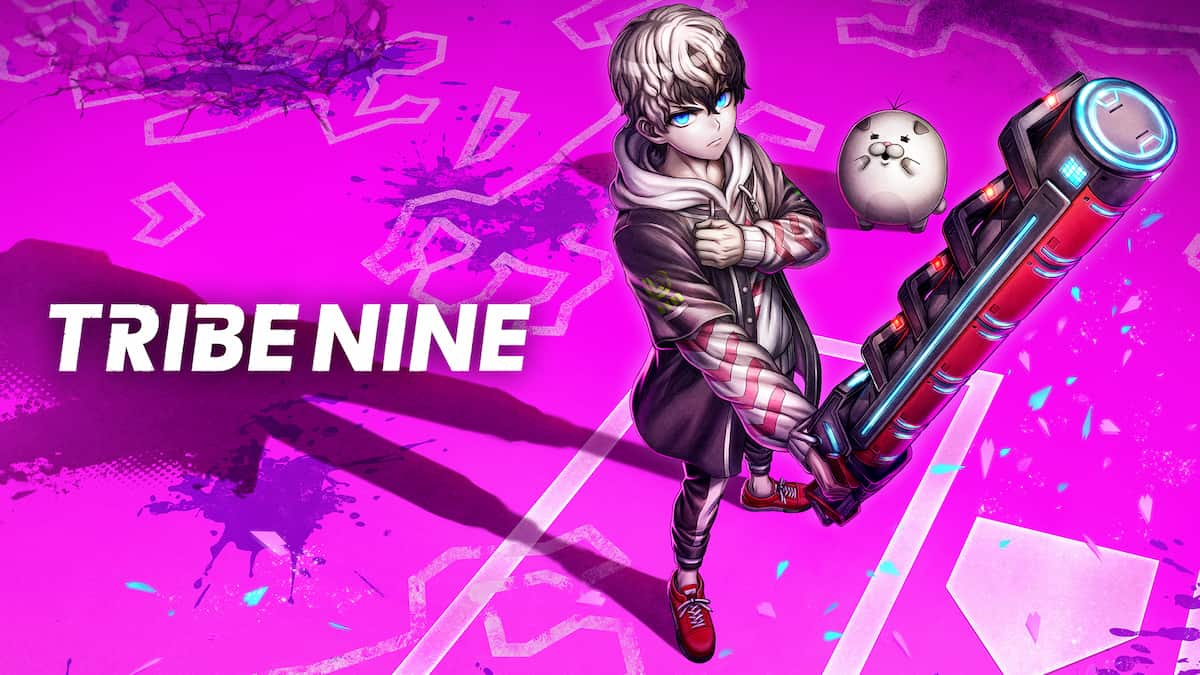
![Anime Cards Infinite Codes (February 2025) [NEW]](https://twinfinite.net/wp-content/uploads/2025/02/anime-cards-infinite-promo-image.jpg)
![Animatronic Nights Codes (February 2025) [NEW]](https://twinfinite.net/wp-content/uploads/2025/02/animatronic-nights-promo-image.jpg)

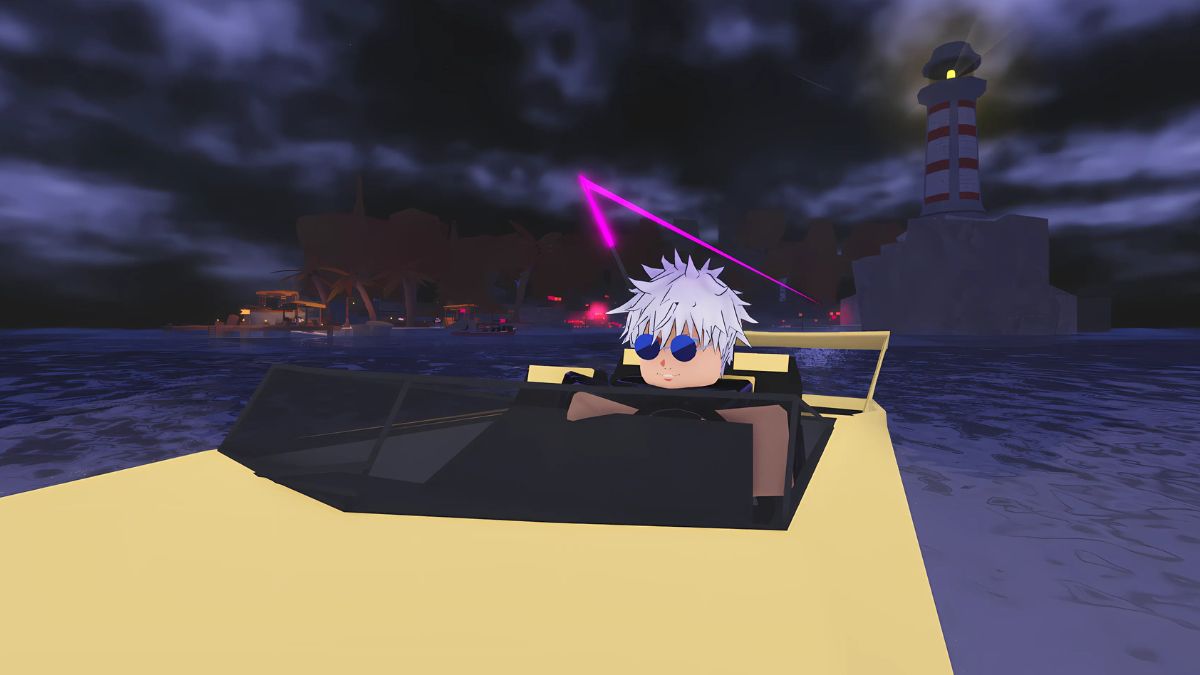
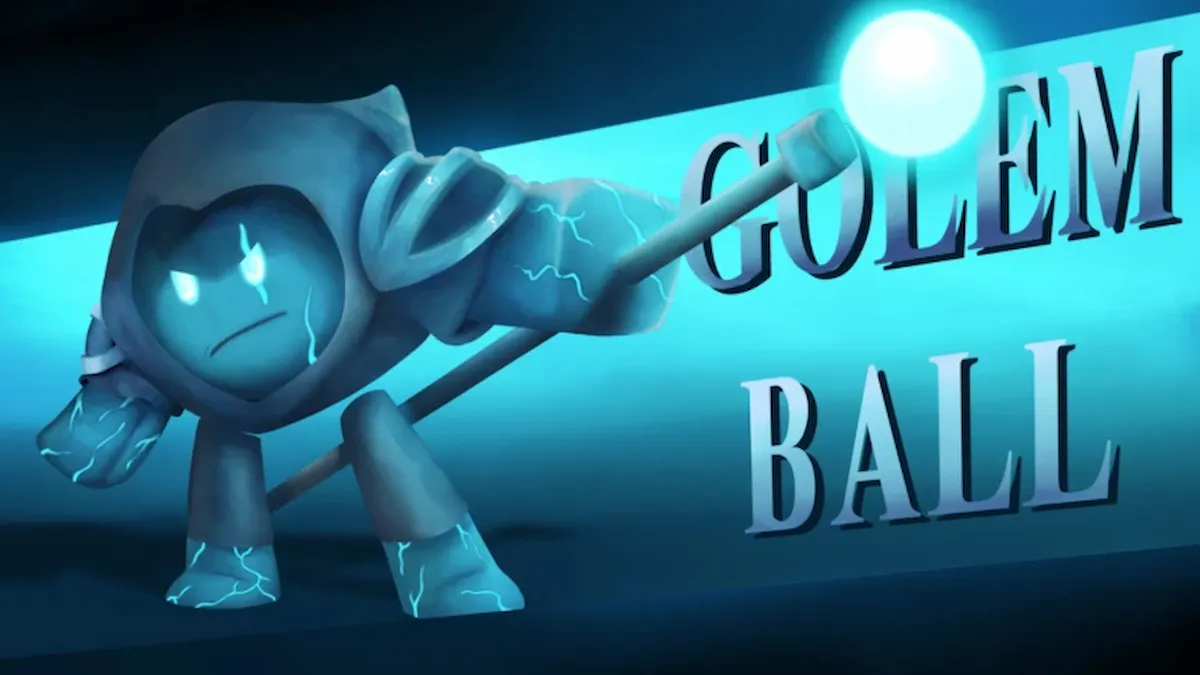

![Anime Reborn Units Tier List [RELEASE] (November 2024)](https://www.destructoid.com/wp-content/uploads/2024/11/anime-reborn-units-tier-list.jpg)